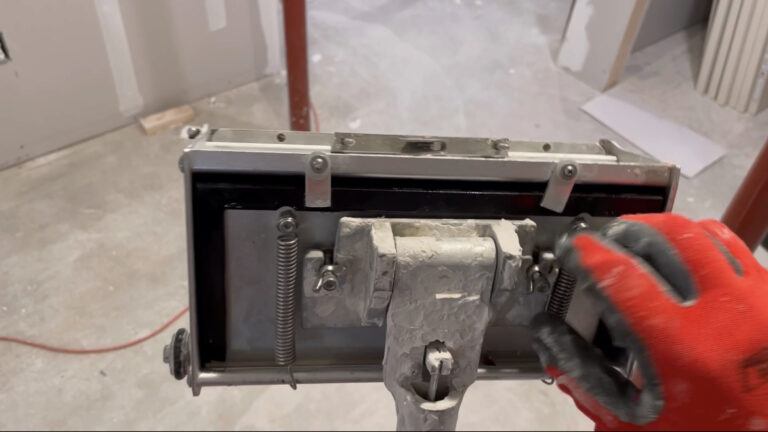Automatic Drywall Tools: The New Revolution
Drywall installation and finishing are crucial parts of the construction process, but they can also be one of the most labor-intensive and time-consuming tasks. That’s where automatic drywall tools come in. These innovative tools are designed to streamline the drywall process, making it faster, easier, and more efficient for contractors and DIYers alike.
In this blog post, we’ll take a closer look at how automatic drywall tools are revolutionizing the drywall industry and what this means for those working in the field.
What are Automatic Drywall Tools?
Automatic drywall tools are specialized machines that are used to cut, lift, and position drywall panels with precision and speed. There are several different types of automatic drywall tools available, each with its own unique set of features and benefits.
Some popular types of automatic drywall tools include:
- Drywall panel hoists: These tools are used to lift and position heavy drywall panels with ease. They typically feature a long boom arm with a clamp on the end, which allows the operator to securely hold onto the panel and move it into place.
- Drywall panel cutters: These tools are designed to cut drywall panels to size with precision and ease. They can be powered by electricity or air, and some models even feature laser guides to ensure straight cuts every time.
- Automatic taping tools: These tools are used to apply joint compound and tape to drywall seams, eliminating the need for manual taping and finishing. They typically feature a rotating head with adjustable settings, allowing the operator to customize the depth and width of the compound application.
The Benefits of Using Automatic Drywall Tools
There are several benefits to using automatic drywall tools, both for contractors and DIYers. Some of the top benefits include:
- Increased efficiency: One of the biggest advantages of using automatic drywall tools is that they can significantly increase the speed and efficiency of the drywall process. For example, a drywall panel hoist can lift and position heavy panels in a fraction of the time it would take to do so manually, while an automatic taping tool can apply joint compound and tape to seams in a single pass.
- Improved accuracy: Automatic drywall tools are designed to be highly precise, which can lead to better overall results. For example, a drywall panel cutter with a laser guide can ensure that panels are cut to the exact size and shape needed, while an automatic taping tool can apply compound and tape evenly and consistently.
- Reduced labor costs: Using automatic drywall tools can also help to reduce labor costs, as they can take on many of the tasks that would normally be done by hand. This can be especially beneficial for contractors working on large projects where time is of the essence.
- Enhanced safety: Automatic drywall tools can also help to improve safety on the job site. For example, a drywall panel hoist can reduce the risk of back injuries by eliminating the need to manually lift and position heavy panels, while an automatic taping tool can reduce the risk of hand and wrist strain.
The Future of Automatic Drywall Tools
As automatic drywall tools continue to evolve and improve, it’s clear that they will play an increasingly important role in the drywall industry. Some of the key developments we can expect to see in the future include:
- Improved technology: One of the biggest areas of focus for automatic drywall tool manufacturers is the development of more advanced technology. For example, we may see the introduction of new sensors and algorithms that allow tools to work more accurately and efficiently.
- Greater versatility: Another trend we can expect to see is the development of automatic drywall tools that are more versatile and able to handle a wider range of tasks. For example, we may see the introduction of tools that can handle both cutting and taping, or that can be easily adapted for use on different types of surfaces.
- Enhanced safety features: As the drywall industry continues to prioritize safety, we can expect to see the introduction of new safety features on automatic drywall tools. For example, we may see the use of sensors that can detect when a tool is being used improperly or when it is approaching a hazardous area.
- Increased automation: Finally, it’s likely that we will see more automatic drywall tools that are fully automated, requiring minimal input from the operator. While this may require a significant upfront investment, it could ultimately lead to even greater efficiency and cost savings for contractors.
Conclusion
Automatic drywall tools are revolutionizing the drywall industry, offering a range of benefits including increased efficiency, improved accuracy, reduced labor costs, and enhanced safety. As these tools continue to evolve and improve, it’s clear that they will play an increasingly important role in the construction process.






